How to choose coffee beans? -how to pass the coffee cooked bean label information
Professional coffee knowledge exchange more coffee bean information please follow the coffee workshop (Wechat official account cafe_style)
Before you buy coffee beans, know the label of coffee beans.
Coffee beans themselves will have obvious regional characteristics, before buying, understand the flavor of coffee beans, coffee label is also like the red wine label, generally get a lot of information about coffee flavor from the label.
The common contents are as follows:
(1) Coffee varieties
(2) Coffee name
(3) Grade
(4) producing areas
(5) name of manor or processing plant
(6) name of country
(7) date of baking
(8) description of flavor, etc.
For example:
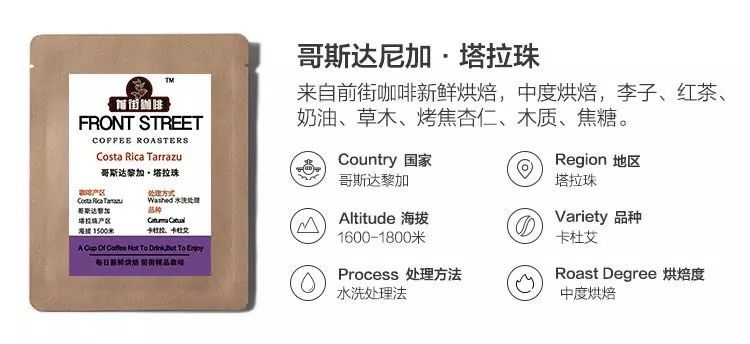
Country name-[Costa Rica] Costa Rica, [Panama] Panama; [Guatemala] Guatemala, [Rwanda] Rwanda, [Ethiopia] Ethiopia
Production area-[Tarrazu]: Tarazu is a coffee-producing area in Costa Rica, located in the volcanic belt of the low latitudes of Central America, with the highest average latitude and excellent climate and soil conditions, with an elevation of about 800 to 2000 meters above sea level in the central plateau and mountains.
Like [Yirgacheffe] Yegashefi (Ethiopian coffee region), [Antigua] Antigua (Guatemala coffee region), [Boquete] Boguit (Panamanian coffee region), [Nyeri] Neri (Kenya coffee region)
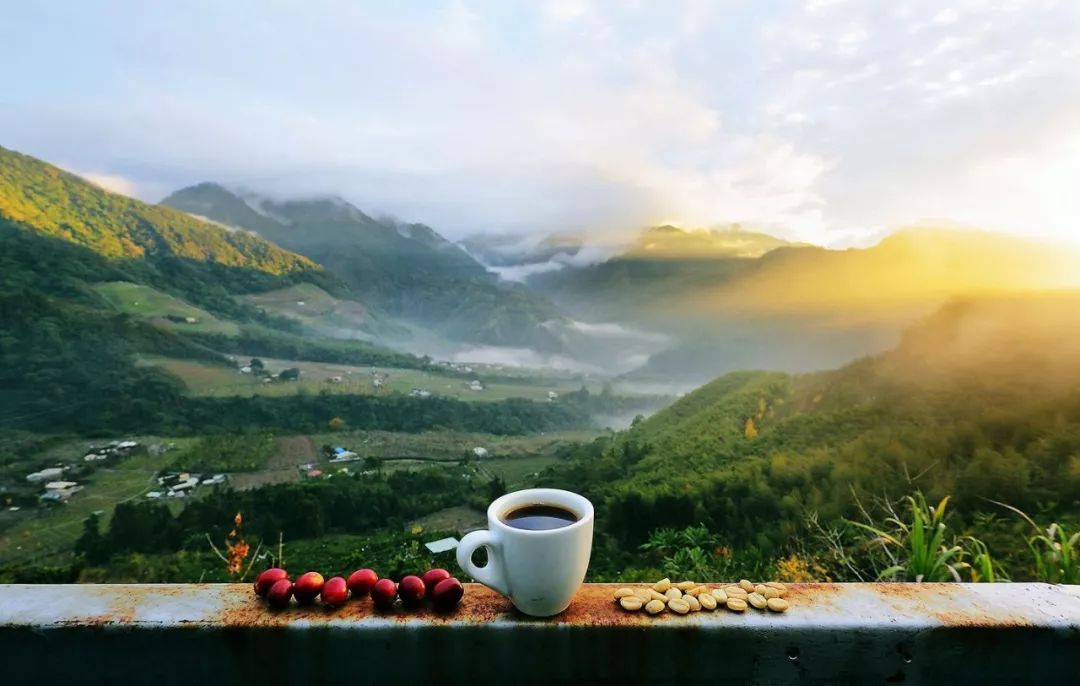
Manor-some manor-grade beans will mark the manor, such as "La" or "EL", which is generally the name of the manor, such as [El injento]: Incht Manor, [Fazenda Rainha]: Queen Manor, Panamanian Emerald Manor [La Esmeralda Estate]
The method of treatment-
[Honey Process]: honey treatment, honey treatment is the method of peeling off the pulp, retaining pectin and drying the fruit with endocarp.
[Natural]: it is the oldest and most primitive treatment of coffee beans. The harvested coffee cherries are placed on the terrace, and some are even directly exposed on the side of the road, receiving direct sunlight exposure (about 27-30 days). The moisture content is finished from 60% to only 12%. The characteristics of solarization method: the acidity is the lowest, the sweetness is obvious, the alcohol thickness is high, and the cleanliness is slightly lower.
[Washed]: washing treatment, washing is to remove the peel, pulp, pectin, and then dry later; lead to a clean sink, soak in water for fermentation. Features: obvious acidity, good cleanliness, medium alcohol thickness, high stability.
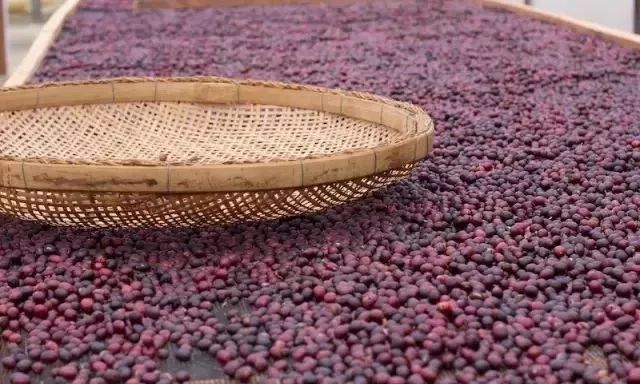
Varieties-such as Rosa Geisha, Bourbon Borubon, Kaddura Caturra, Kaduai Catuai are varieties of coffee beans.
[Bourbon] bourbon coffee (French: Caf é Bourbon) is a kind of coffee produced by growing coffee trees in Arabica coffee bourbon cultivation. Bourbon coffee was originally grown in Reunion, also known as Le Bourbon Island before 1789, with strong chocolate and nutty aromas.
[Caturra]: Kaddura, a natural variety of Arabica variety bourbon
[Yellow Catuai] Huang Kaduai, a hybrid from Mundo Novo and Kaddura, was first bred by Brazil's [Contina Agricultural Research Institute] in 1949. Huang Kaduai has high disease resistance and is suitable for planting at high altitude. Both kinds of Kaduai have delicate and clean acid.
[Yellow borubon]: yellow bourbon is mutated by a cross between a bourbon with red fruit and a variety of iron pickup with yellow fruit called "Amerelo de Botocatu". The fruit is sweet and soft, with obvious nutty flavor, balanced and supple acidity, and clean.
[Pacamara]: a variety of Pacamara coffee, a hybrid of Pacas Pacas (a sudden variant of the bourbon species) and giant bean Maragogype (elephant bean) found in El Salvador in the 1950s.
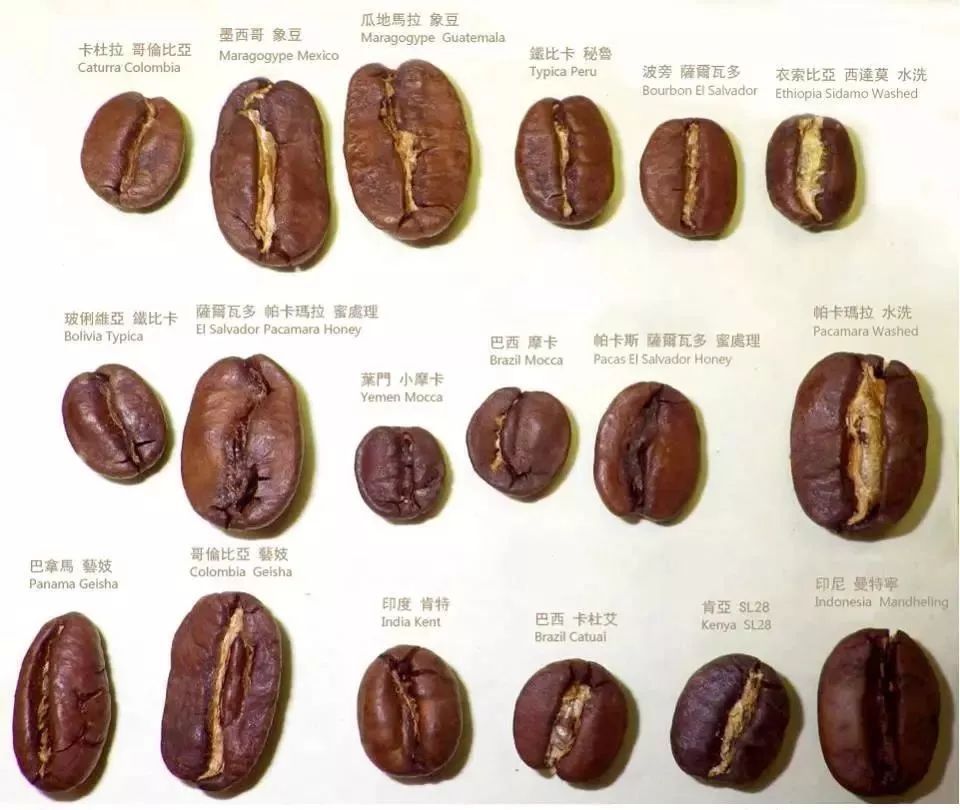
Grading-
[SHB]: very hard beans, Strictly Hard Bean (SHB), at 1600-1700 meters above sea level, coffee beans with high hardness at high altitude. The reason is that coffee beans have many nutrients, long fruit growth cycle, high density, high temperature resistance and roasting resistance; beans are hard.
[G1]: coffee beans like Indonesia are graded according to the proportion of defective beans. Indonesian beans are mainly divided into six grades, namely G1~G6. Ethiopia also uses this method, according to the defective bean grade of G1~G5, the defect rate of 2-3 defective beans per 300g is set as G1, and the highest grades of sun beans are G1 and G3.
[AA]: the origin of coffee beans is classified by the size of coffee beans. For example, Kenya is divided into nine grades, according to the bean type, there are PB (round beans), in addition, according to the size there are E (elephant beans), AA, AB, C, T, TT, MH, ML. Tanzania, Uganda and Yunnan are also classified according to AA.
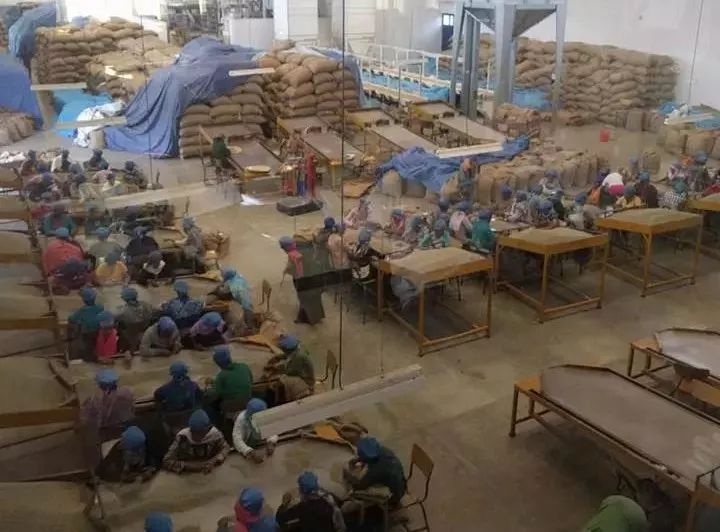
Special name-
[COE]: extraordinary Cup, Cup of Excellence
[Micro lot]: micro batch
[FNC]: Colombian Federation of Coffee producers, founded in 1927, is fully responsible for coffee-related matters, including coffee planting technology research, sales, marketing, quality standard construction, education and training for coffee farmers, etc.
Flavor-citrus, nutty, chocolate and so on.
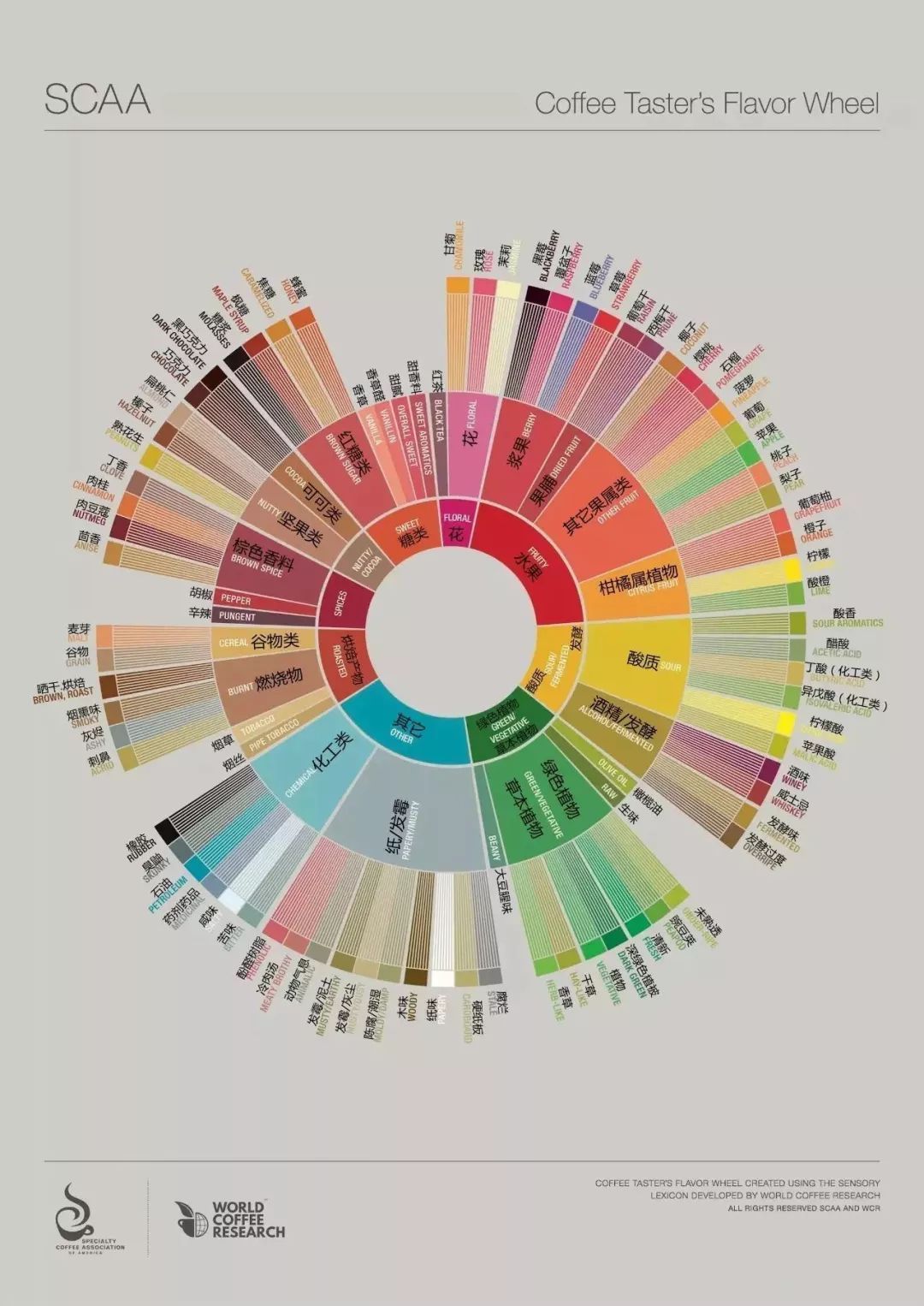
Photo Source: Internet
Important Notice :
前街咖啡 FrontStreet Coffee has moved to new addredd:
FrontStreet Coffee Address: 315,Donghua East Road,GuangZhou
Tel:020 38364473
- Prev
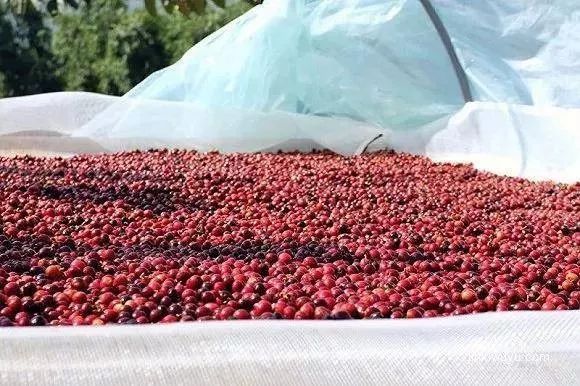
What on earth is "mellowness" in coffee? Is "mellowness" important in coffee?
Professional coffee knowledge exchange more coffee bean information please follow the coffee workshop (Wechat official account cafe_style) first of all, I have an understanding of the mellowness of coffee, we often say, how is the body of coffee, how mellow is, so how is the mellowness tasted? Usually, the little friends who have drunk the sun beans will feel obviously: mellow
- Next
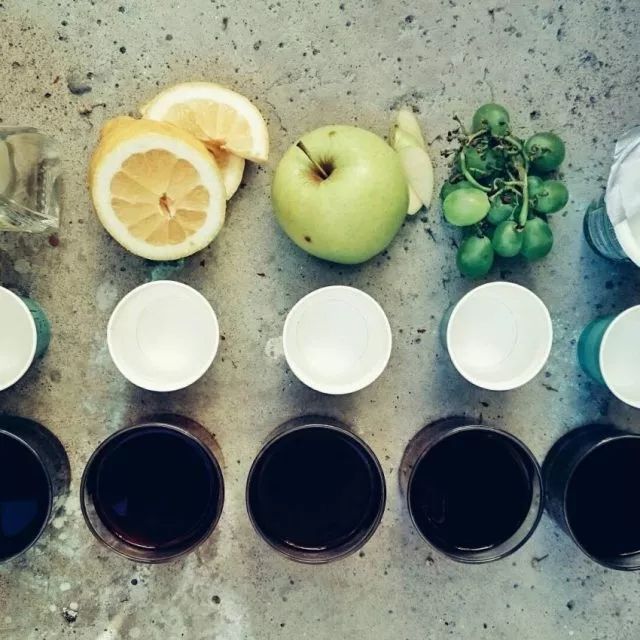
Will drinking black coffee be sour and bitter? How should I taste the black coffee?
Professional coffee knowledge exchange more information about coffee beans Please follow the coffee workshop (official Wechat account cafe_style) when you order coffee in a cafe, the first question is which do you usually prefer sour or bitter? Can you accept acidity? Sour? Why is the coffee sour? Is it sour? We all have such doubts in our minds. So there is such a misunderstanding that baristas generally say
Related
- How did the Salvadoran coffee industry develop in Central America?
- What exactly does the golden cup extraction of coffee mean?
- The Origin of Coffee flower
- [2023 Starbucks World Earth Day] there are more meaningful things besides free Starbucks coffee!
- What kind of coffee is there in Spain? 9 Flavors of Spanish Coffee
- Aromatic African coffee| Kenya's coffee culture and historical production area
- Liberica Coffee Bean knowledge: the characteristics of Liberian Coffee beans of the three original species of Coffee beans
- The origin and formula of Spanish latte introduces the taste characteristics of Bombon coffee in Valencia, Spain.
- How to adjust the solution of over-extracted coffee
- What is the tasting period of coffee beans? What is the period of coffee and beans? How should coffee wake up and raise beans?

